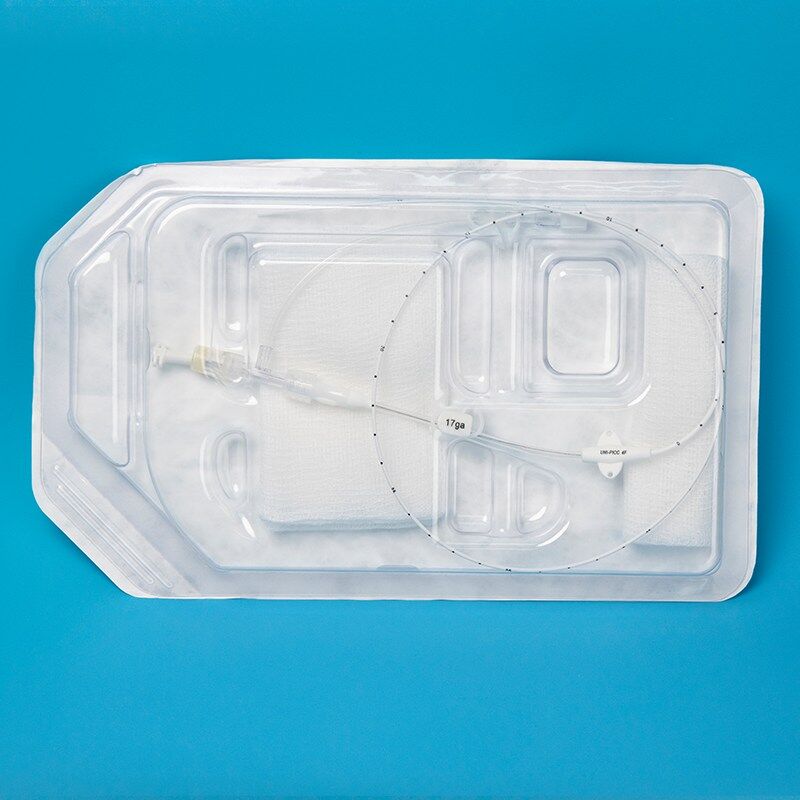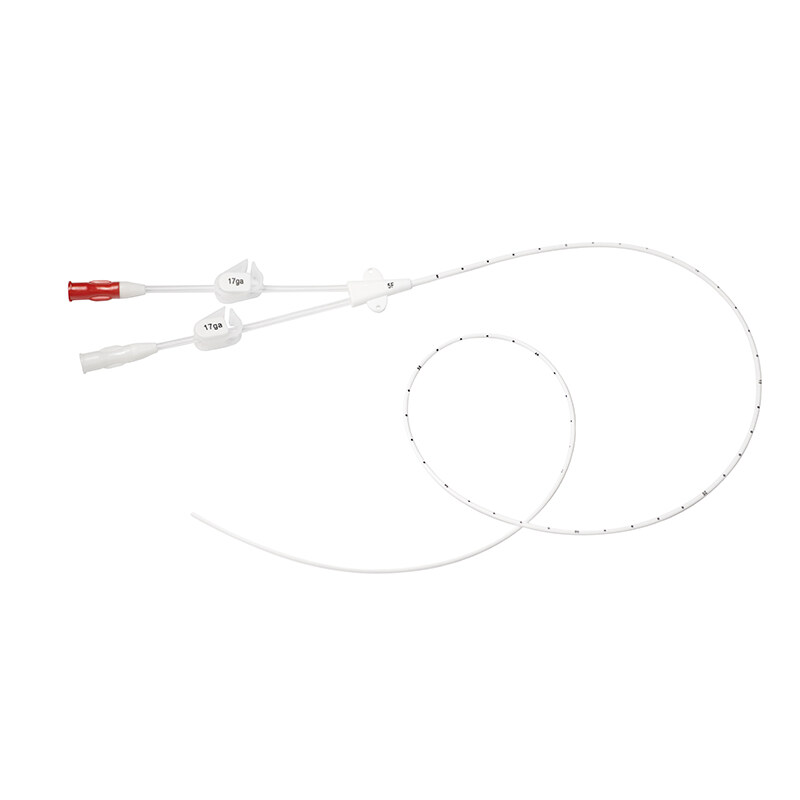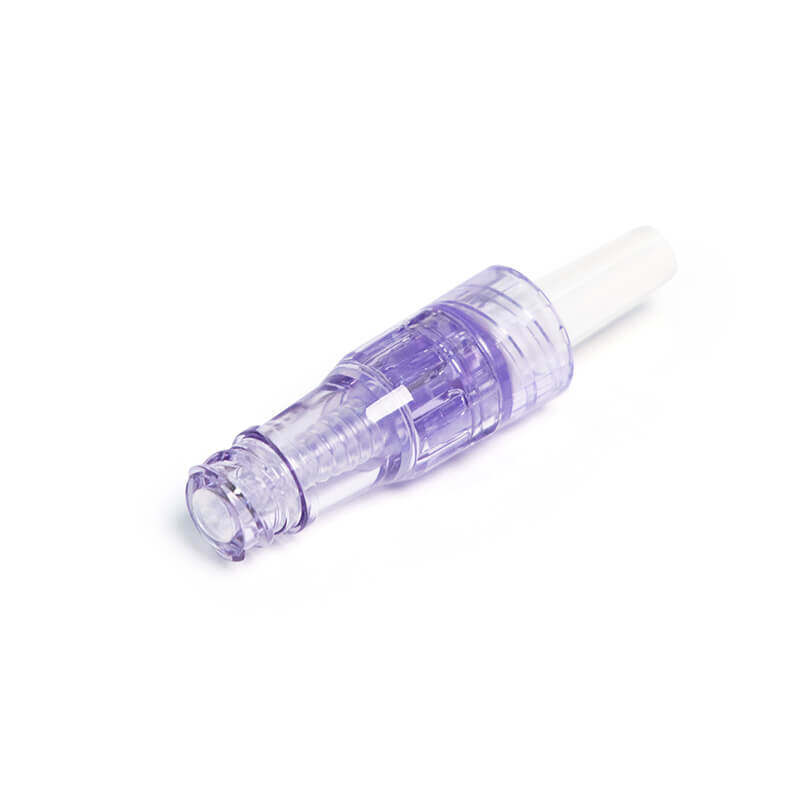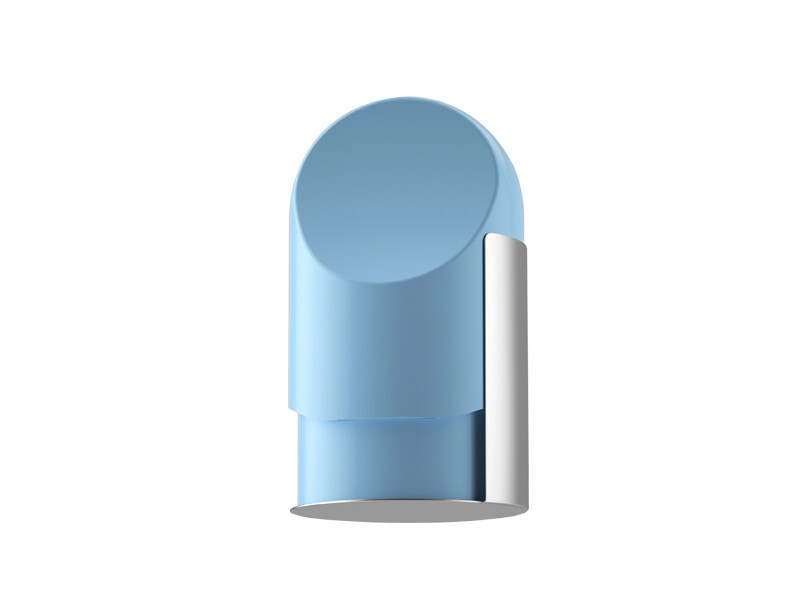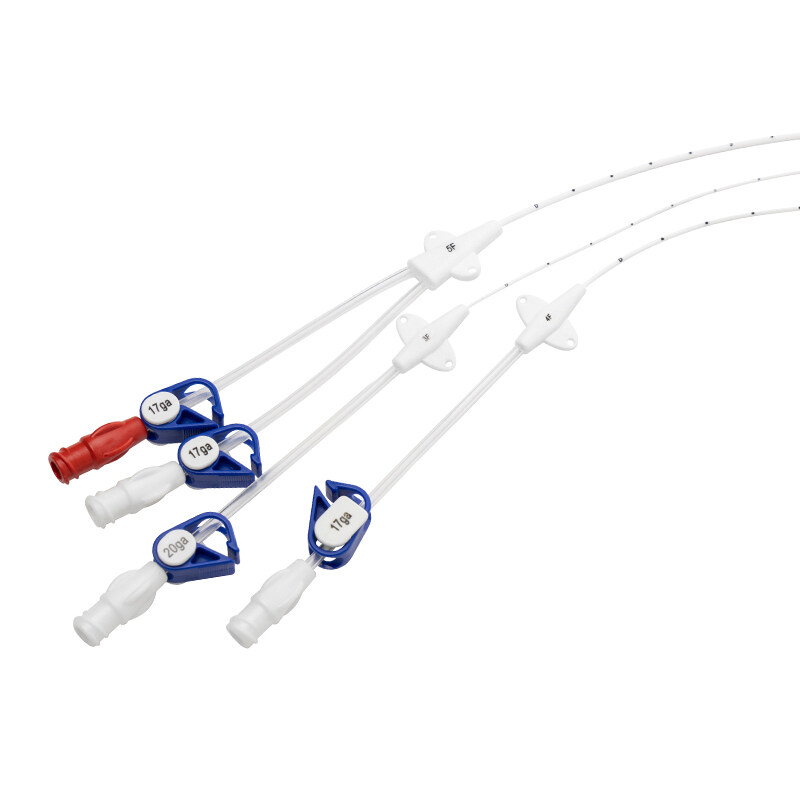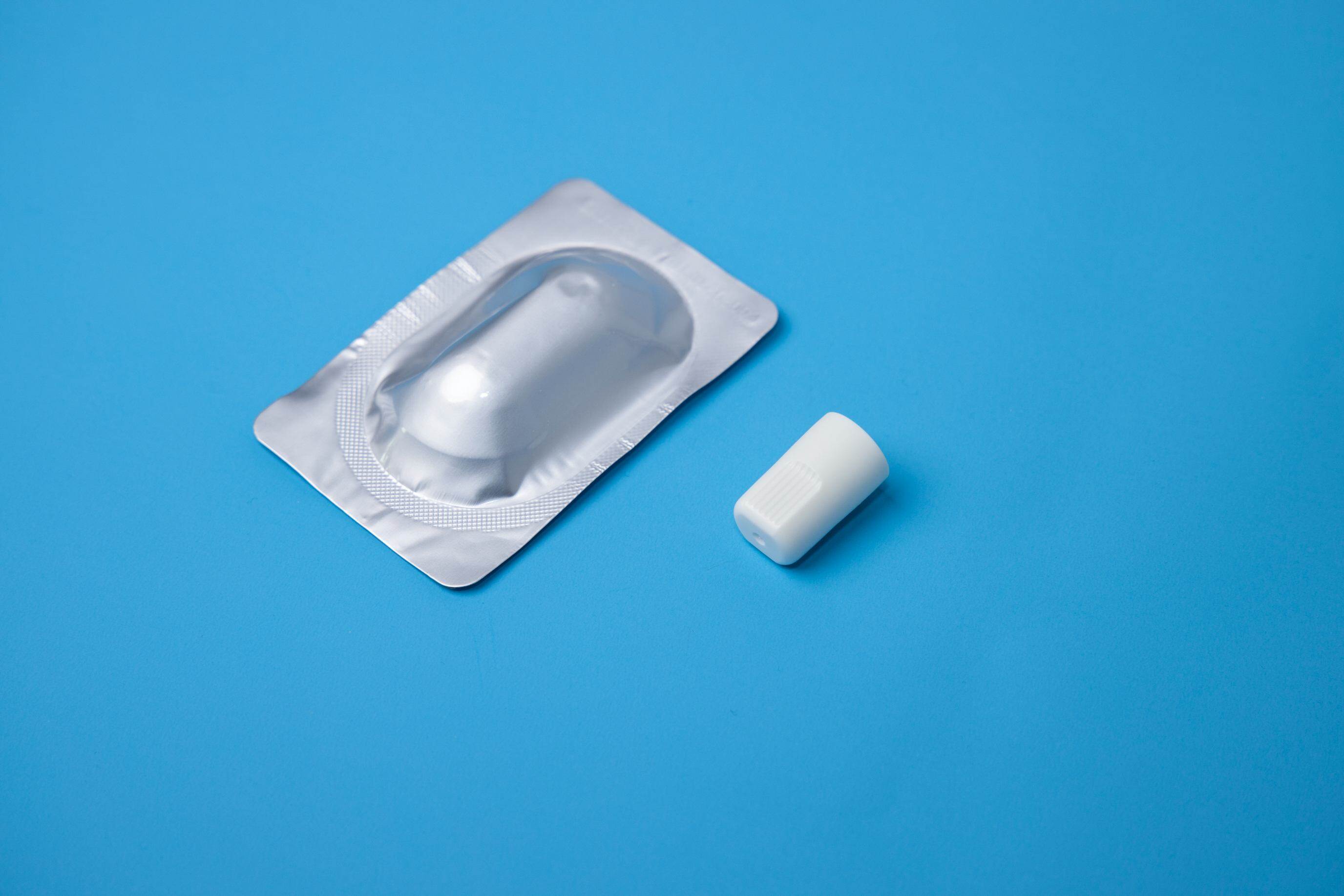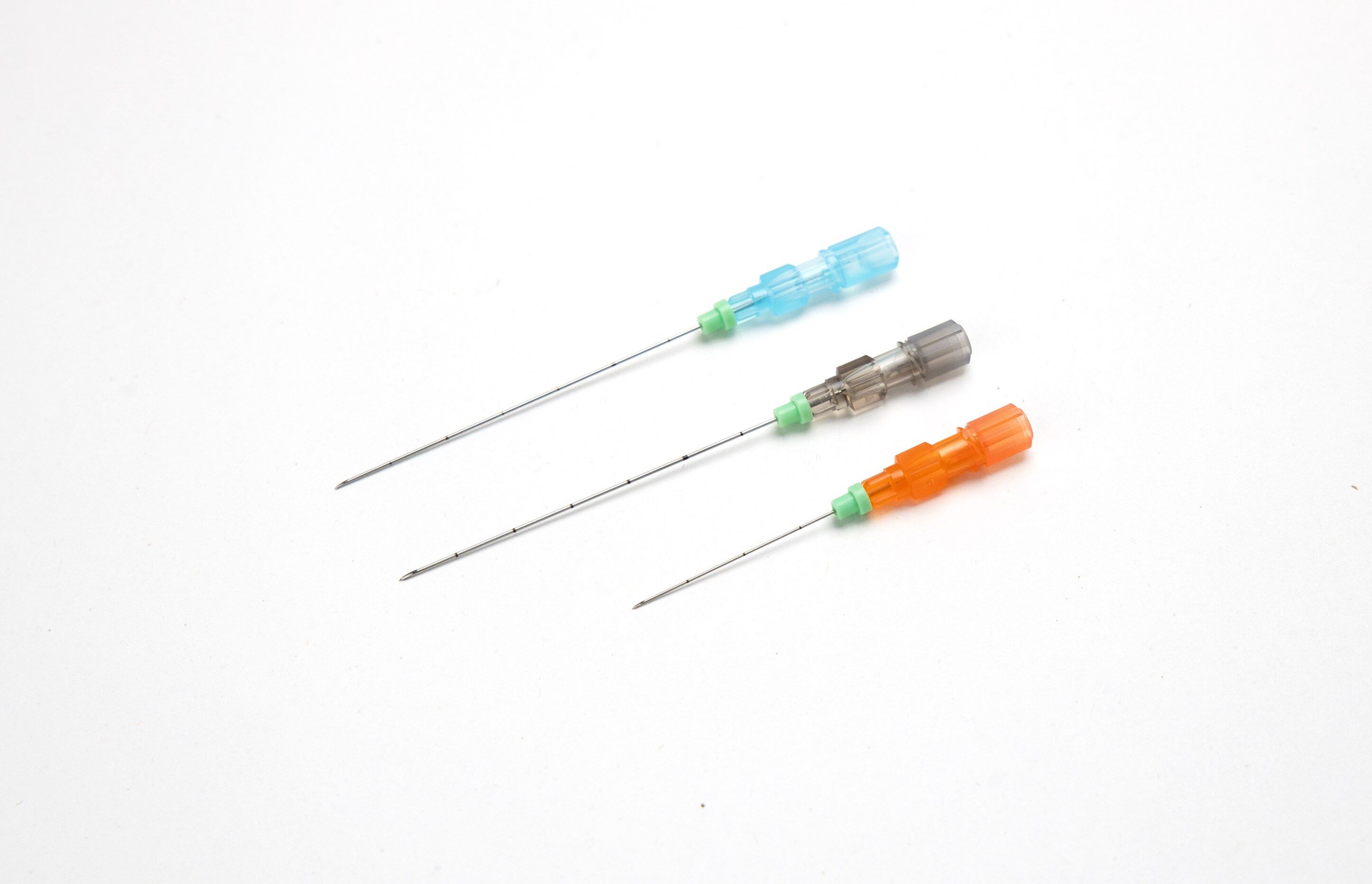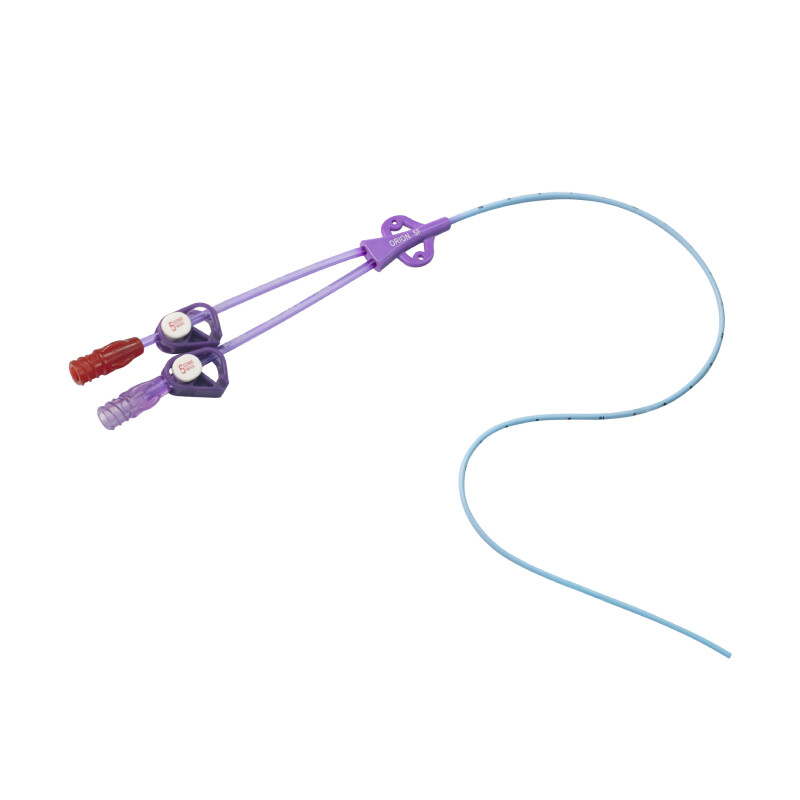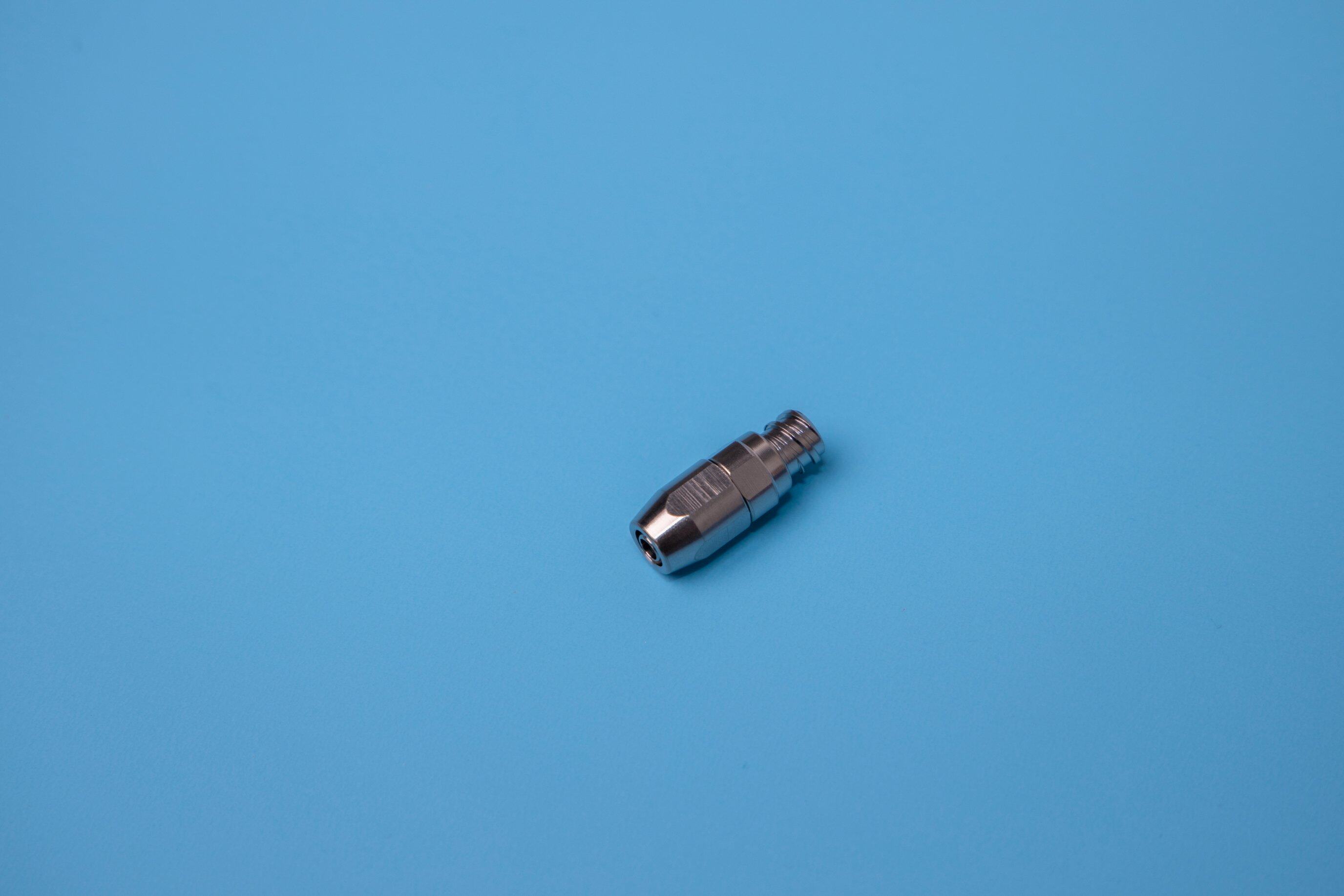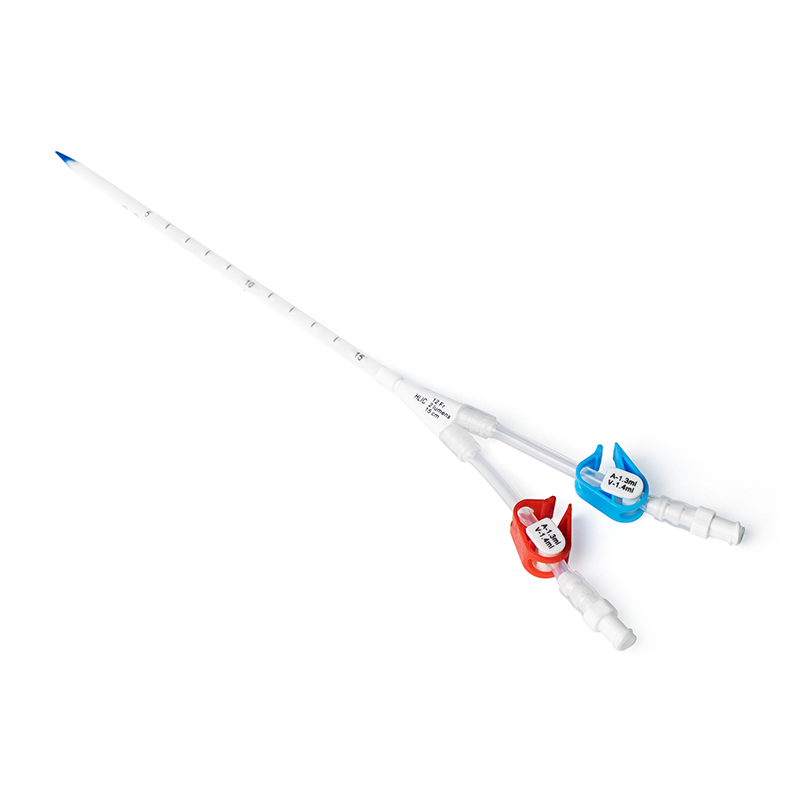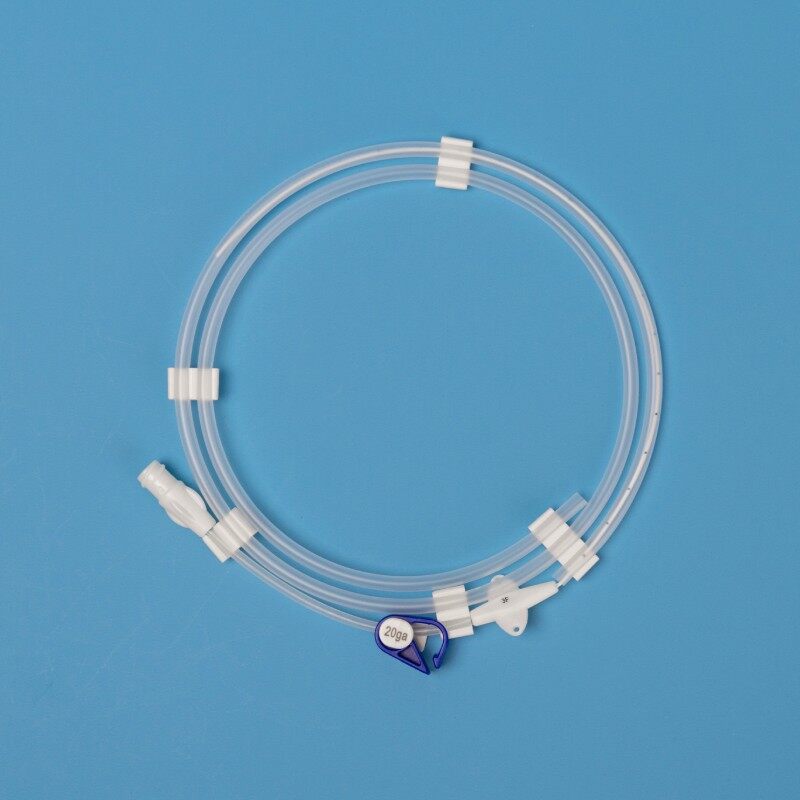What is a medical catheter?
In medicine, a medical catheter is a thin tube made from medical-grade materials serving a broad range of functions. Catheters are medical devices that can be inserted into the body to treat diseases or perform a surgical procedure.
By modifying the material or adjusting the way medical catheters are manufactured, the medical catheter is possible to tailor catheters for cardiovascular, urological, gastrointestinal, neurovascular, and ophthalmic applications.
There is still a lot to learn about medical catheters, for example about the medical meaning of catheter . Only with a better understanding of the medical meaning of catheter can we make the most of its usefulness.
A catheter is a medical device that is inserted into a patient's body to either remove bodily fluids or deliver medication. Catheters are typically made of flexible materials like silicone, rubber, or polyurethane and come in a variety of sizes and shapes depending on the intended use.
The medical meaning of catheter also includes the potential risks and complications associated with their use, such as infections, blockages, and injury to surrounding tissues.
How is a catheter inserted?
Catheters are typically inserted through a body orifice, such as the urethra, or through a small incision in the skin. The insertion process is usually done under sterile conditions by a trained healthcare provider.
Is a catheter painful?
The insertion of a catheter can be uncomfortable or even painful for some patients. However, once the catheter is in place, it should not cause pain or discomfort.
How long can a catheter be left in place?
The duration that a catheter can be left in place varies depending on the type of catheter and the reason for its use. Catheters are typically left in place for 2-4 weeks, while central venous catheters can remain in place for months.
What are the risks associated with catheter use?
The risks associated with catheter use include infection, blockage, bleeding, injury to surrounding tissues, and the formation of blood clots. It is important to follow proper catheter care procedures to minimize these risks.
When is a catheter necessary?
Catheters are necessary for medical situations. Your healthcare provider will determine if a catheter is necessary based on your individual medical needs.
The process of inserting a medical catheter is "catheterization".
In most uses, a medical catheter is a thin, flexible tube (soft catheter) though catheters are available in varying levels of stiffness depending on the application.
Haolang medical specializes in developing, manufacturing, and distributing a series of products for vascular access, infusion therapy, and infection control.
For questions about medical catheters, including the medical meaning of catheter, you are always welcome to contact Haolang Medical to find out more.
Catheter use should be carefully monitored by healthcare providers to prevent complications. Patients using catheters should also be educated on proper catheter care to minimize the risk of infection and other complications.
This includes keeping the catheter clean and dry, avoiding tugging or pulling on the catheter, and ensuring the catheter bag is properly secured and positioned. Patients should also be aware of the signs of infection, such as fever, pain, and redness or swelling around the catheter insertion site, and notify their healthcare provider immediately if these symptoms occur.
In some cases, catheter use may not be necessary or can be avoided by implementing alternative strategies. In addition, there are now newer types of catheters, such as hydrophilic catheters, that may reduce the risk of infection and complications.
Overall, while catheters can be a helpful medical tool in certain situations, their use should be carefully considered and monitored to ensure patient safety and minimize the risk of complications.

